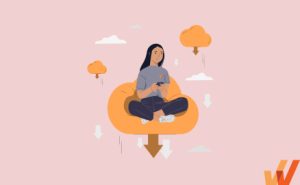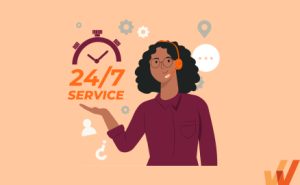How to Create an Effective End-User Support Strategy (2024)


As digital transformation infuses more technology into our personal lives and the workplace, the need for reliable and efficient end-user support has never been greater.
In today’s fast-paced digital landscape, end-user support is the unsung hero of the modern workforce. These tech and support experts keep the gears of productivity turning– troubleshooting issues, answering questions, and providing guidance to ensure users have the resources they need to succeed.
But the role of end-user support is more than just technical expertise – it’s a strategic approach to empowering users and keeping your company running smoothly.
Whether you’re a leader looking to support your employees using internal tools or a support team hoping to empower your customers, having a team of dedicated professionals, a reliable roster of advanced support tools, and providing self-service support can make all the difference.
In this article, we’ll explore the various facets of end-user support, common challenges to expect, and how you can take your company to the next level of efficiency and effectiveness.
What Is End User Support?
End-user support refers to the help and resources provided to end-users that engage with a product or service. End-user support can take many forms, including technical support for troubleshooting issues, in-app guided training on how to use specific features, and providing helpful resources so users can get the most out of their digital customer experience.
End-user support is typically owned by IT support reps or tech support specialists who are trained to assist users with a variety of issues. The goal of end-user support is to help users effectively use their technology and address any issues in order to improve their productivity and reduce friction.
4 Types of End User Support
Some common types of end-user support include:
1. Task-specific support
Task-specific support focuses on helping users achieve certain objectives and complete specific tasks. Task-specific support is typically provided on an as-needed basis, which means users can seek out assistance exactly in their moment of need. This type of support can be helpful for users who are new to your product or service or need more experience using technology in general. Task-specific support can also be great for internal employees who need ERP end-user support.
Whatfix is a digital adoption platform (DAP) that offers context-aware, step-by-step guidance and interactive walkthroughs to end-users as they perform tasks in their moment of need. This guidance can be delivered as tooltips, pop-ups, or interactive guides and can be tailored to the specific needs of different user groups.
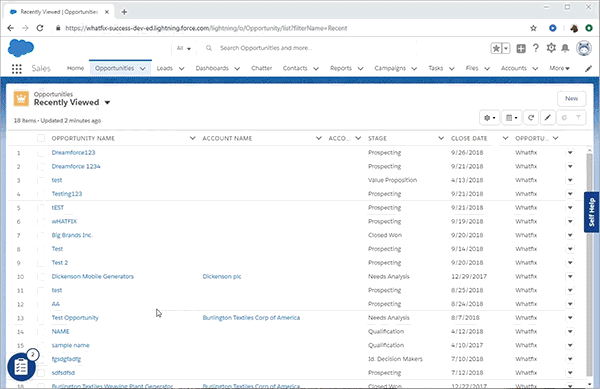
2. Tutorials
Tutorials offer in-app guidance and step-by-step instructions on how to use specific features or tools. Some common tutorials you’ve probably used before include written guides, videos, or interactive online courses. One of the main benefits of tutorials is that they empower users to learn at their own pace, allowing them to pause, rewind, and get to their “aha” moment more organically. For example, tutorials can help provide CRM end-user support when switching to a new CRM.
Whatfix uses interactive tutorials to provide end-user support by guiding users through specific actions. These tutorials can be customized to align with the unique needs of various user groups and can also be delivered in several languages.

3. Quick reference
Quick reference guides provide easy access to the information end users need to use your product or service effectively. They’re designed to be concise and easy to understand, making them a valuable resource for users of all skill and experience levels.
One of the main benefits of quick reference guides is that they allow end-users to quickly find what they need without having to search through lengthy documentation. This can be especially helpful when users try troubleshooting an issue or completing a task under a tight deadline.
Whatfix empowers end-user support with quick references by providing users with easy access to relevant guidance when they need it via an IT self-service portal. This is done through quick reference guides that provide users with step-by-step instructions for performing specific tasks. These guides can be offered to end-users through your help center or knowledge base.
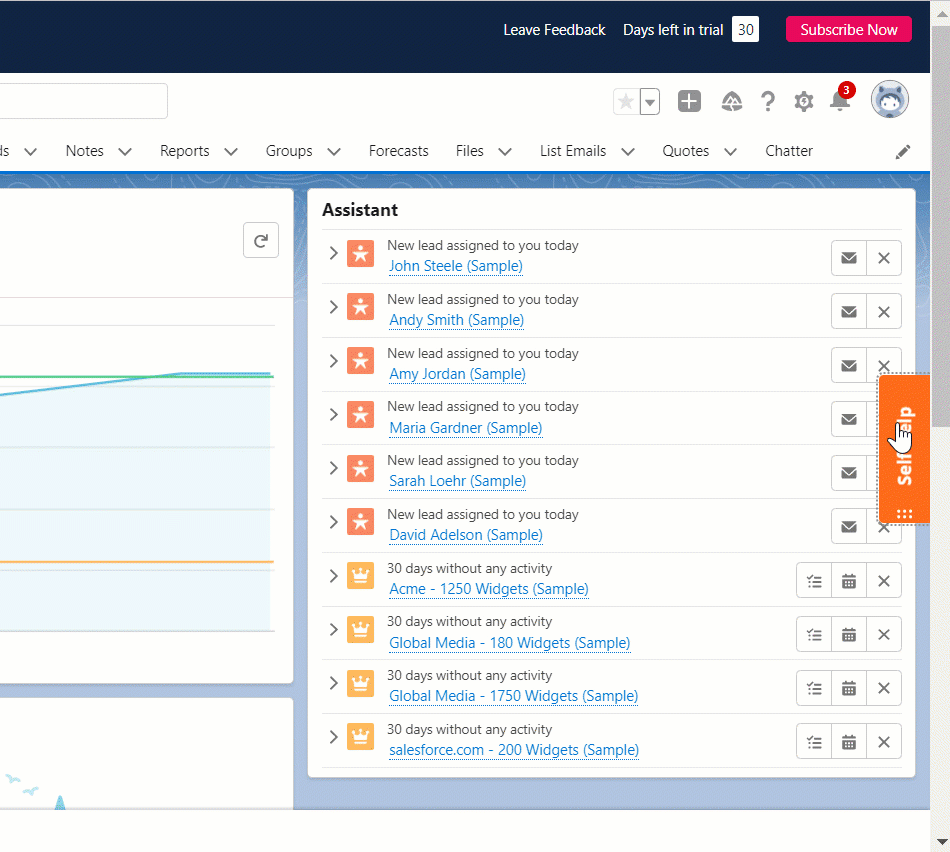
4. Full explanation
Full explanations offer detailed instructions that empower end-users to fully grasp important concepts or processes. This can be useful for those who are new to your product or service or have limited experience using it in general.
Full explanations can come in various forms, like written guides, videos, online courses, or exercises that allow users to practice and apply what they’ve learned. This can be beneficial for those looking to become more proficient with a particular tool or who want to explore more advanced features.

Above: Example of contextual help and user support built with a Digital Adoption Platform.
Whatfix’s Self-Help overlays on to any web application, desktop application, mobile app, or website. It provides contextual help to users and integrates with your FAQs, support center, LMS, user documentation, and more. Users are presented with common issues and help content for their contextual area in the application, or they can use an open-ended search to find the specific help content they’re looking for. These help support cards often prompt in-app guidance, walking users through the specific workflow they need help on.
7 Benefits of End User Support
End-user support is essential to any product or service– it helps ensure that users can get the most value from what they’ve purchased. Some key benefits of end-user support include:
1. Improved productivity
When users have access to help in their exact moment of need, they can work more efficiently and effectively, leading to increased productivity for both the users and your company as a whole.
2. Enhanced customer satisfaction
Providing timely and tailored end-user support can improve the end-user experience and boost customer satisfaction. This is especially important for businesses that rely on customer loyalty and repeated business.
3. Reduced IT costs
By helping users resolve issues on their own in their exact moment of need, end-user support can reduce the burden on IT departments and help lower hiking support costs.
4. Improved customer retention and reduced churn
By providing in-depth end-user support, companies can improve customer retention and reduce customer churn. This is essential for subscription-based companies and smaller businesses.
5. Increased user adoption
When users have access to the support they need when they need it, they feel more confident and comfortable with your product or service, increasing the likelihood that they’ll use it regularly and efficiently – and ultimately driving overall user adoption.
6. Provide multi-channel user support
Multi-channel end-user support allows users to access helpful resources in a way that is convenient for them exactly when they need it. By providing multiple channels of support, end users can switch channels if and when they need to without losing the context of the training and support.
7. Improved problem-solving skills
Providing end-user support in the moment of need can help users learn how to troubleshoot issues on their own, which can improve their problem-solving skills and sense of independence and confidence.
5 End-User Support Challenges
End-user support can be demanding. It requires your company to effectively assist and support a wide range of individuals with various levels of technical experience, unique needs, and unpredictable expectations.
Some key challenges you may face when providing end-user support include:
1. An overloaded support ticket queue
Depending on the size of your company and the reach of your product or service, end-user support teams may experience a large volume of questions and ticket requests. This can be daunting to manage, requiring support teams to prioritize requests and allocate resources intentionally.
2. Outdated support tools and solutions
The naturally rapid pace of technological change can make it difficult for end-user support teams to stay current with the latest tools and trends. This creates a need for ongoing training and development to ensure support teams can effectively assist end users.
3. Managing user expectations
Given that end-users have varying levels of technical expertise and expectations for the kind of support they desire, end-user support teams may struggle to manage end-user expectations. Some users also have unrealistic expectations about what can be done to resolve an issue or how quickly it can be resolved.
4. Slow resolution times
Slow resolution times can be a significant challenge for end-user support teams. When users encounter an issue with your product or service, they might be stuck at a complete standstill until the issue is resolved. If resolution times are slow, this can lead to decreased productivity and customer satisfaction.
5. Ensuring security
With the rise of sophisticated scammers and detrimental cyber-attacks, it’s becoming more and more difficult to keep end-users systems and data safe. Keeping up with the latest security best practices, like multi-factor authentication, encryption, and regular software updates, is an ongoing task that requires resources and expertise.

Remi Preghenella, Director of Product Documentation and Digital Adoption at Sophos
7 Tips For Providing Great End-User Support
Here are a few tips for providing exceptional end-user support:
1. Embrace digital transformation
Embracing digital transformation is essential for providing excellent end-user support. By automating repetitive tasks, your company can lighten end-user support staff’s workload so they can focus on more complex issues and provide faster time-to-resolution.
Self-service options, such as a knowledge base or a chatbot, also empower end users to quickly find answers to common questions on their own, reducing the burden on support staff.
2. Provide simple feedback templates
Simple feedback templates allow end users to provide valuable feedback on their support experience as its happening, which can help your company identify areas of opportunity and make changes to enhance the end-user support experience.
3. Provide clear documentation
Create clear and concise documentation – think user guides or an FAQ page – to help users find the information they need right when needed. Doing so can reduce the number of support requests and allow users to find solutions independently.
4. Train your support team
Ongoing training and development for your end-user support team will ensure they’re up-to-date on the latest features and best practices, which will help them provide more effective support to your end-users.
5. Monitor and track performance
End-user monitoring is essential to providing effective support at the right time.
Monitoring the performance of your support team and tracking user engagement metrics such as resolution times and customer satisfaction can help identify areas for improvement and ensure that users receive the best support your support team is capable of providing.
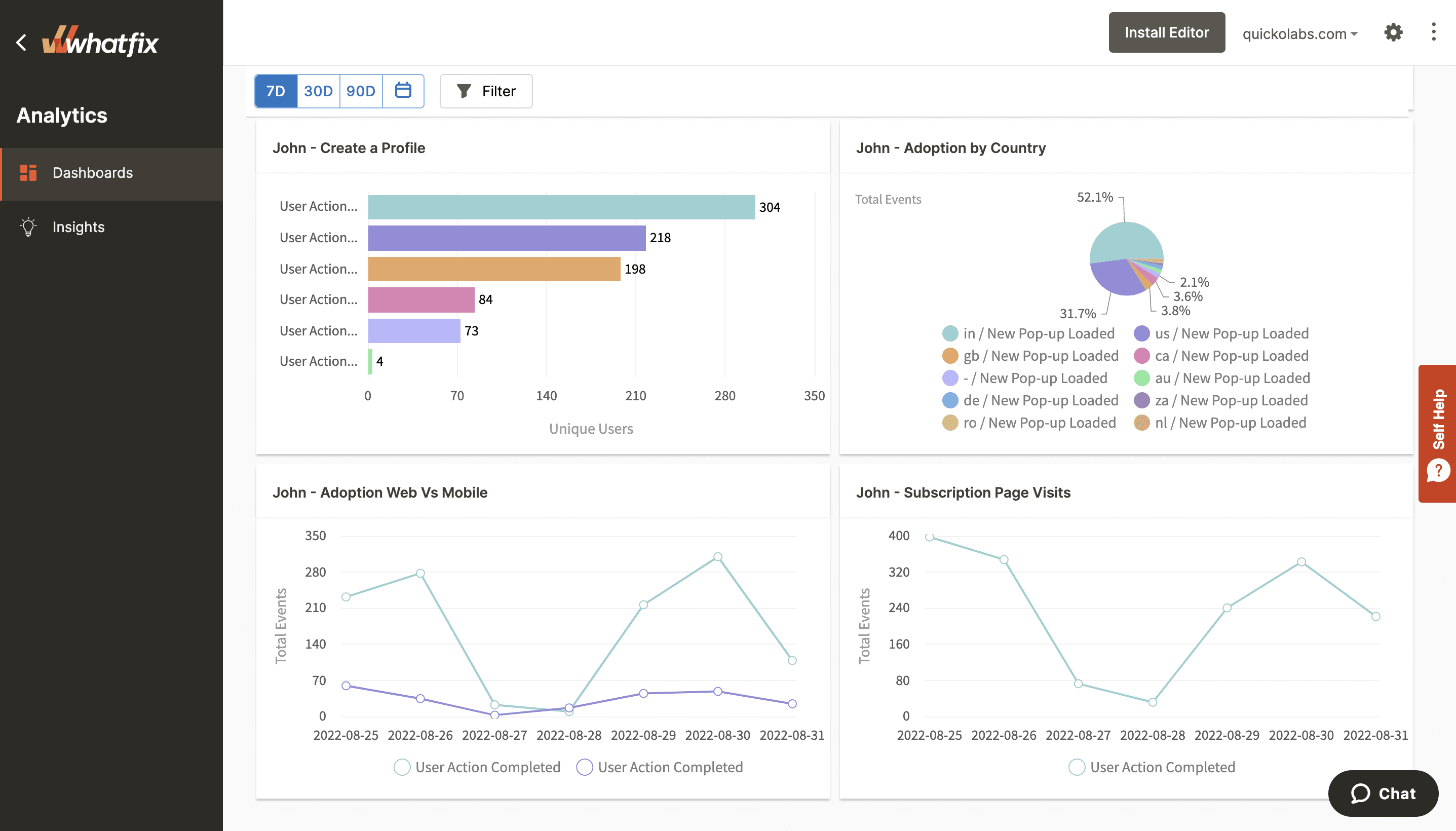
6. Prioritize exceptional customer service
Customer service is an essential component of end-user support. It helps to ensure that the users’ needs and concerns are being addressed in a timely and effective way. Effective customer service for end-user support also includes proactively addressing potential issues, providing clear and thorough information and instructions, and being as responsive and accessible as possible.
7. Offer multiple channels for support
Offering multiple channels for users to access support allows users to choose their preferred method of contact. Some users may be more comfortable using certain channels over others, so offering multiple channels can increase the chances of reaching users where they are most comfortable and improves the efficiency of the end-user support process.
5 Tools To Provide Industry-Leading End User Support in 2024
Here are five software platforms that will empower your organization to provide excellent end-user support and a better overall experience.

1. Whatfix
G2 rating: 4.6 / 5
Price: Custom quote available upon
Whatfix improves the end-user support experience by providing in-app guidance in the moment of need. Some ways that Whatfix empowers end-user support include:
- In-app guidance: Step-by-step guides and interactive walkthroughs help end users learn how to use new software or complete specific tasks
- Real-time support: Live support allows companies to assist end users while using the software, which helps to streamline and resolve issues in real-time
- Knowledge management: Knowledge management enables teams to create and share helpful resources with end users, including FAQs, how-to guides, and video tutorials
- User analytics: Whatfix Analytics helps businesses understand how users interact with their product or service, allowing them to identify where users struggle and may require additional support
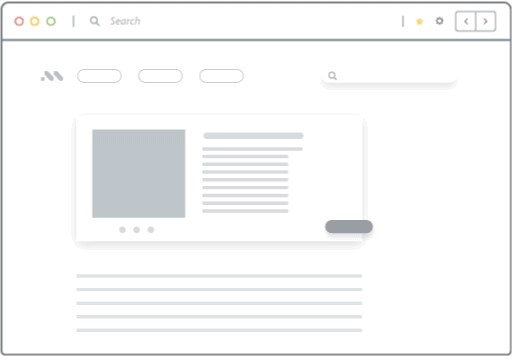
Whatfix is also a no-code platform, meaning onboarding and support teams can create, publish, analyze, and test in-app user guidance and help content without the need for engineering support, all in our easy-to-use editor.

2. Help Scout
G2 rating: 4.4 / 5
Price: $20 for Standard edition, $40 for Plus edition, $65 for Pro edition, free trial available
Help Scout is a customer support software that helps companies provide better support by offering features such as:
- Shared mailbox: Shared team inboxes allow multiple support reps to collaborate on end-user inquiries and resolve them more efficiently
- Automated workflows: Setting up rules for routing and assigning end-user questions and issues to the appropriate team members makes it easier to streamline the support process
- Customer service portal: An accessible portal helps users find answers to common questions and resolve issues on their own
- Knowledge base management: This feature helps to organize and share information between end users and your customer success and support teams
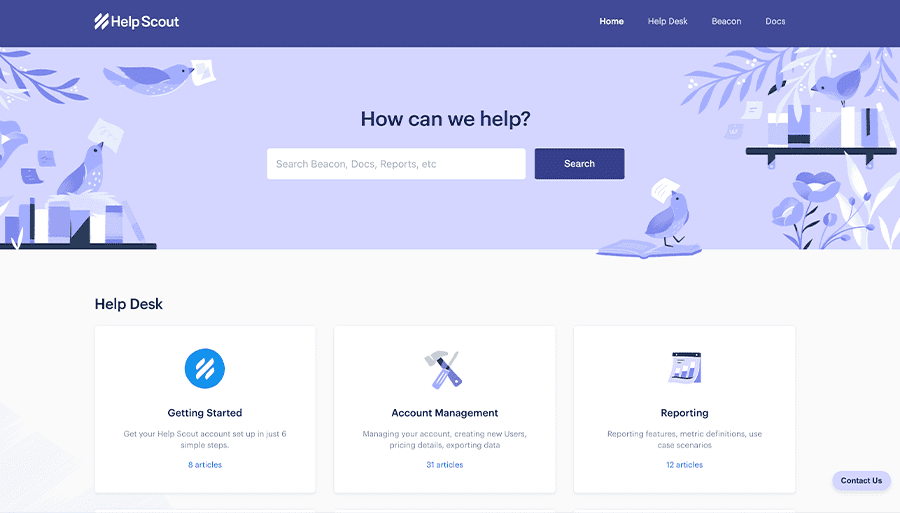

3. LiveAgent
G2 rating: 4.5 / 5
Price: $15/agent/month for Ticket edition, $29/agent/month for Ticket+Chat edition, $49/agent/month for All Inclusive edition, free trial available
LiveAgent is a customer service platform that offers a variety of tools to help businesses manage end-user interactions and support. Some benefits of using LiveAgent for end-user support include:
- Multiple channels: Integrate with various communication channels, including email, phone, and live chat, to make it easy for end-users to reach out for support in a way that works for them
- Adaptability: Adapt to meet the specific needs of your business and unique end-user segments
- User-friendly interface: Simplify the management of end-user interactions for your end-user support agents
- Performance tracking and measurement: Utilize a variety of analytics and reporting tools to monitor the effectiveness of your customer support team
- Automation: Automation features can help streamline your customer support processes and improve efficiency
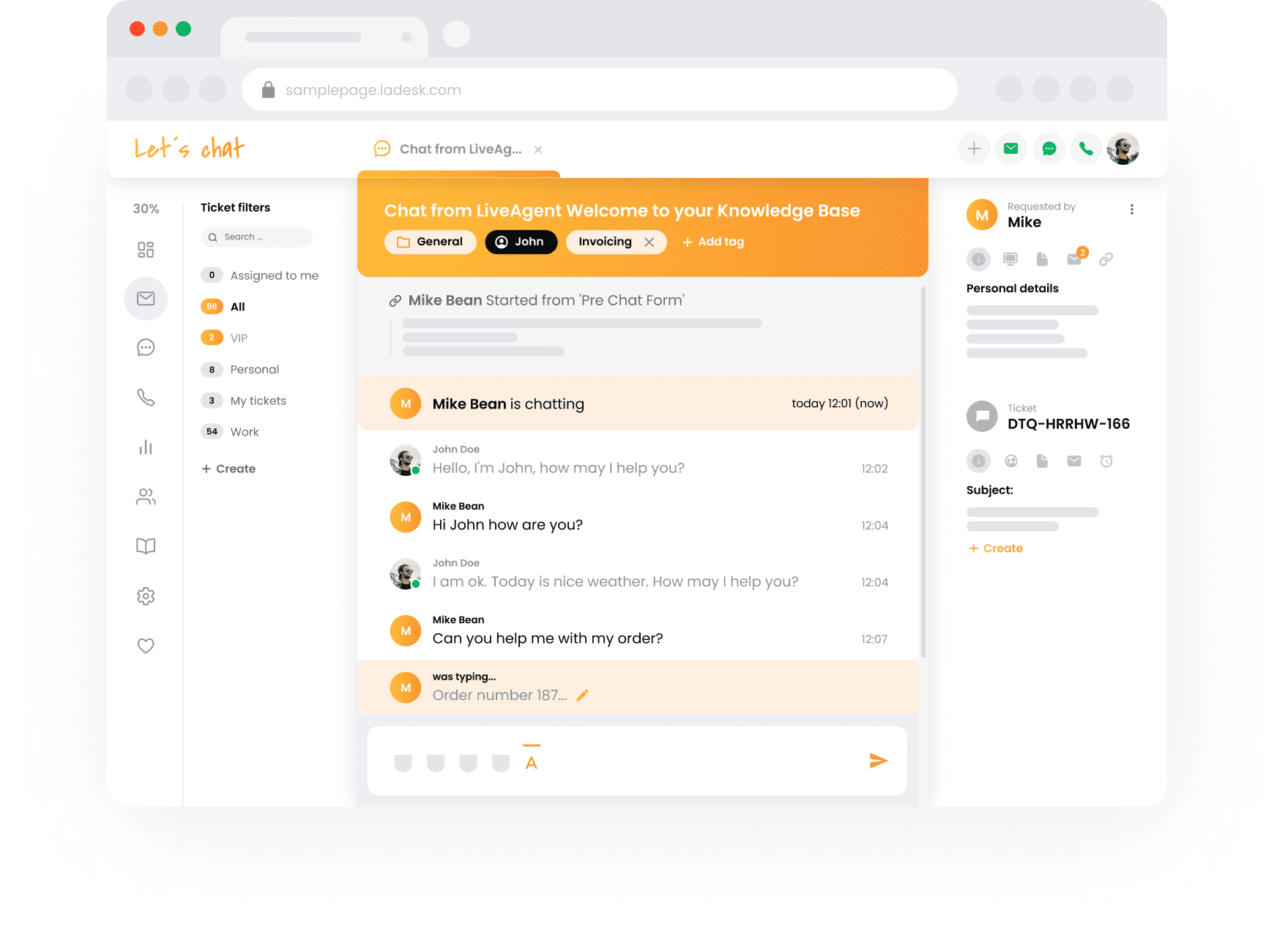
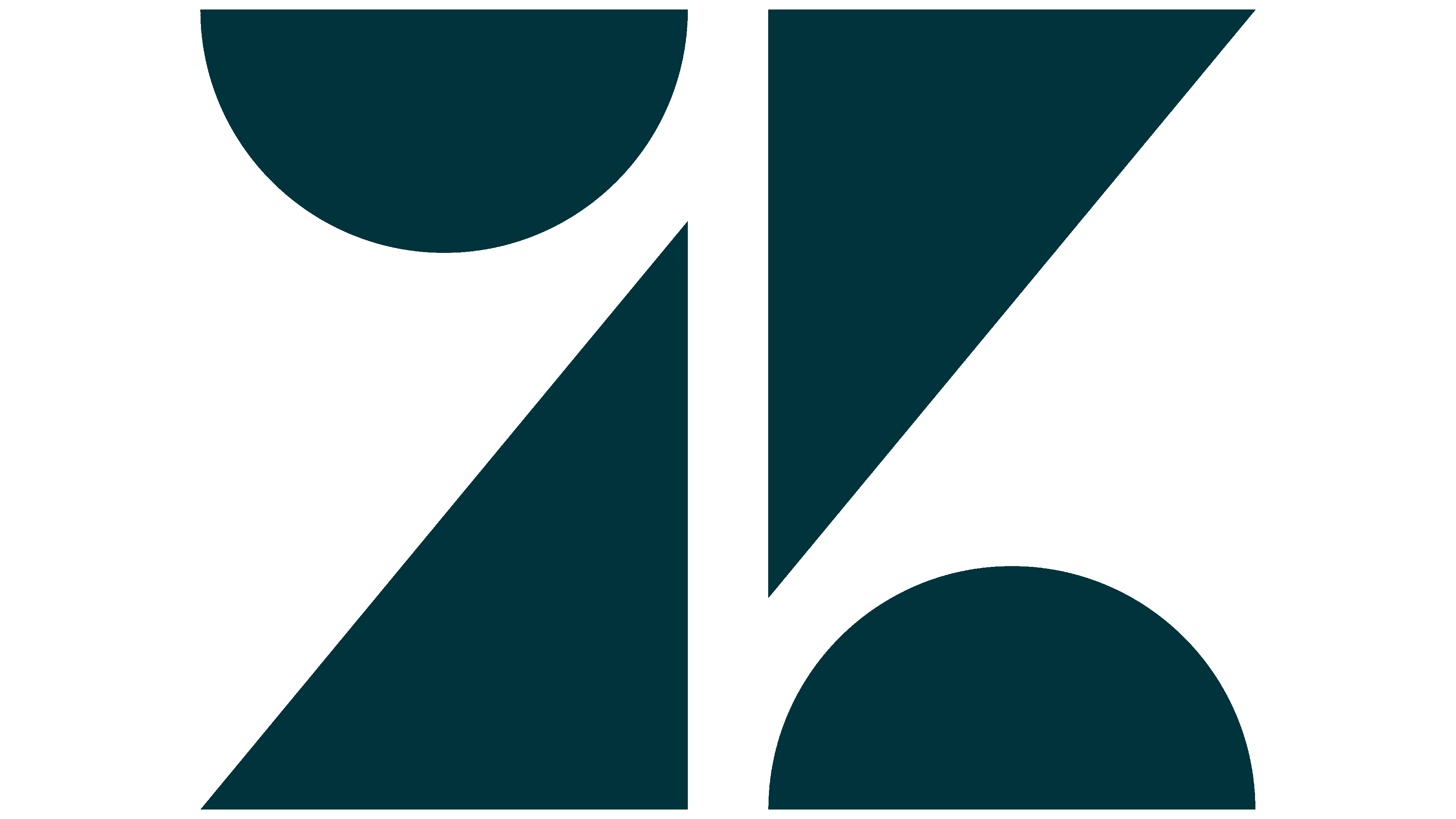
4. Zendesk
G2 rating: 4.3 / 5
Price: $19/agent/month for Support Only, $49/agent/month for Suite Team, $79/agent/month for Suite Growth, $99/agent/month for Suite Pro
Zendesk is a popular customer service platform that offers a variety of features to help companies manage end-user support. It’s widely known for its ease of use and flexibility, which allows support teams to customize it to their specific needs. Some benefits of using Zendesk for end-user support include:
- Customization: Tailor the platform to fit your specific business needs, including branding and workflows
- Ease of use: User-friendly interface makes it easy for end-user support agents to manage interactions and for users to get the help they need when they need it
- Multiple channels: Ability to integrate with various communication channels, providing customers with easy and convenient support options
- Analytics and reporting: Offers various analytics and reporting tools that allow you to track and measure your customer support team performance
- Scalability: Designed to scale as your business grows so you can hire more support agents and handle an increasing volume of end-user relations
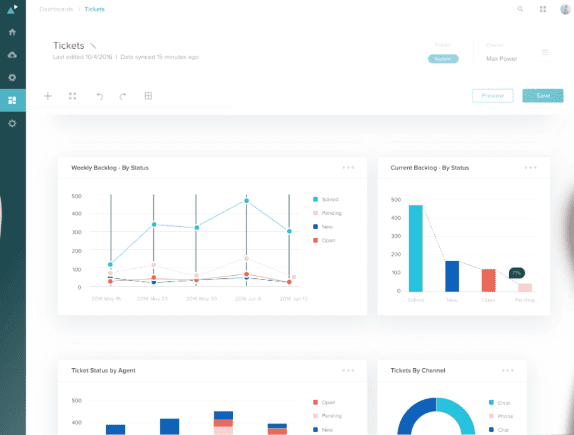

5. Hubspot
G2 rating: 4.4 / 5
Price: $50/2 seats/month for Service Hub Starter, $400/5 seats/month for Service Hub Professional, $1.2k/10 seats/month for Service Hub Enterprise
HubSpot is a customer relationship management (CRM) platform that helps businesses manage customer interactions and support. Some features of HubSpot end-user support include:
- All-in-one platform: Provides tools for managing customer interactions, including a ticketing system, a knowledge base, and integration with various communication channels.
- Personalization: Tailor the platform to fit your business, brand, and end-users like a glove.
- Integration with other tools: Manage the entire end-user journey by integrating with various tools that your users use daily.
- Collaboration: Built-in collaboration features allow customer support teams to work together efficiently and effectively

Effective end-user support is essential for a company’s operation and success. It ensures that customers have the resources and support they need to use your products or services effectively. Companies can improve customer satisfaction and loyalty by providing timely and efficient end-user support, increasing productivity, and reducing the risk of technical issues or roadblocks.
Whatfix helps companies improve end-user support by providing in-app guidance and support at every stage of the userization process. Whatfix empowers teams to provide personalized and proactive support to their end-users, helping them effectively use and get the most value out of your products or services.
Learn more about how Whatfix can help companies streamline their end-user support processes and reduce the workload of their support teams by providing self-service support options and automating support tasks.
Thank you for subscribing!


